Donald Trump loves to repeat this famous line at his rallies: “At the end of the day, they’re not coming after me. They’re coming after you, and I’m just standing in the way.” While his strongest supporters believe it, ever since he descended that escalator, his detractors have depicted him as a self-obsessed, egotistical megalomaniac.
After what transpired in Butler, Pennsylvania, last night, when a bloody-faced Donald Trump stood up after almost losing his life, waving his fist in the air, asking his audience to “fight,” there should be no doubt: Donald Trump has a lot of courage and the strong sense that he is fighting for a cause greater than himself.
At the Milwaukee Auditorium on October 14, 1912, Theodore Roosevelt displayed a level of defiance that is taught in history lessons nationwide. “Friends, I shall ask you to be as quiet as possible,” he said to his audience. “I don’t know whether you fully understand that I have just been shot.” As the crowd gasped, the former president began unbuttoning his shirt, revealing his blood-filled undershirt. “It takes more than that to kill a Bull Moose,” he exclaimed.
Roosevelt then pulled out a shot-through fifty-paged speech from his coat’s pocket. “Fortunately I had my manuscript, so you see I was going to make a long speech, and there is a bullet — there is where the bullet went through — and it probably saved me from it going into my heart. The bullet is in me now, so I cannot make a very long speech, but I will try my best.” And so he did.
The president had been shot with a Colt revolver from five feet away just after 8 p.m. Yet outside the Gilpatrick Hotel, after greeting supporters from a roofless car, a bleeding Roosevelt implored what had turned into a mob not to hurt the man who tried to end his life. “Don’t hurt him. Bring him here. I want to see him,” he urged. “What did you do it for?” he asked. Without an answer, he added: “Oh, what’s the use? Turn him over to the police.”
“He pinked me,” Roosevelt said after coughing to his hand three times in search of telltale blood — a sign that your lungs have been injured. An accompanying medic asked the driver to take the leader to the hospital, but Roosevelt had different orders. “You get me to that speech.”
The difference here is that Roosevelt didn’t have a group of Secret Service officers jumping onto him, pushing him off the stage. The similarity is that they both stood up. They both showed courage, not mere bravery — staring fear in its face.
Trump met the occasion as if he were the Man in the Arena (with his face literally “marred in blood”). Like Teddy, he’ll live in the national memory, for years to come. A great man of history Trump now is.



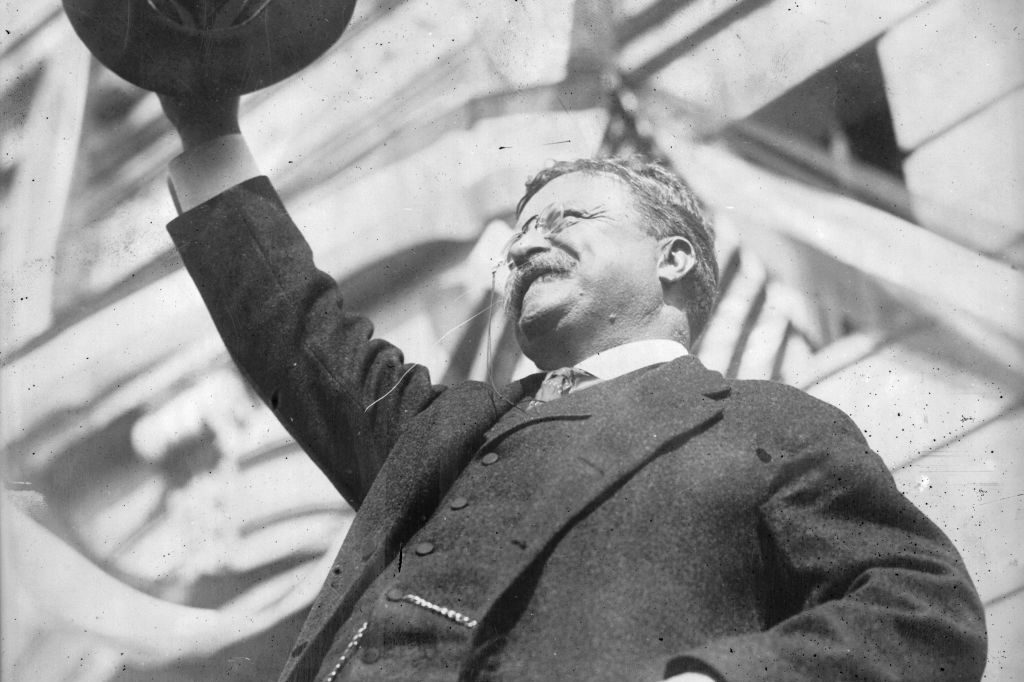








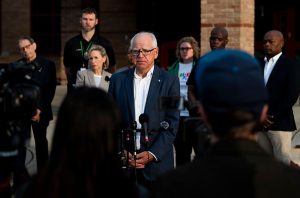
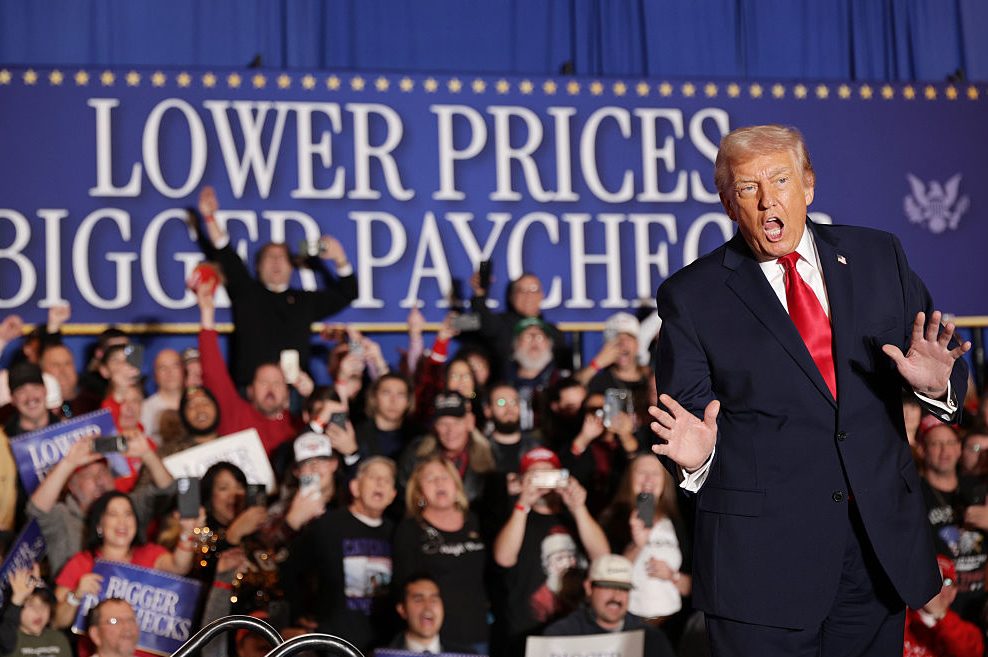
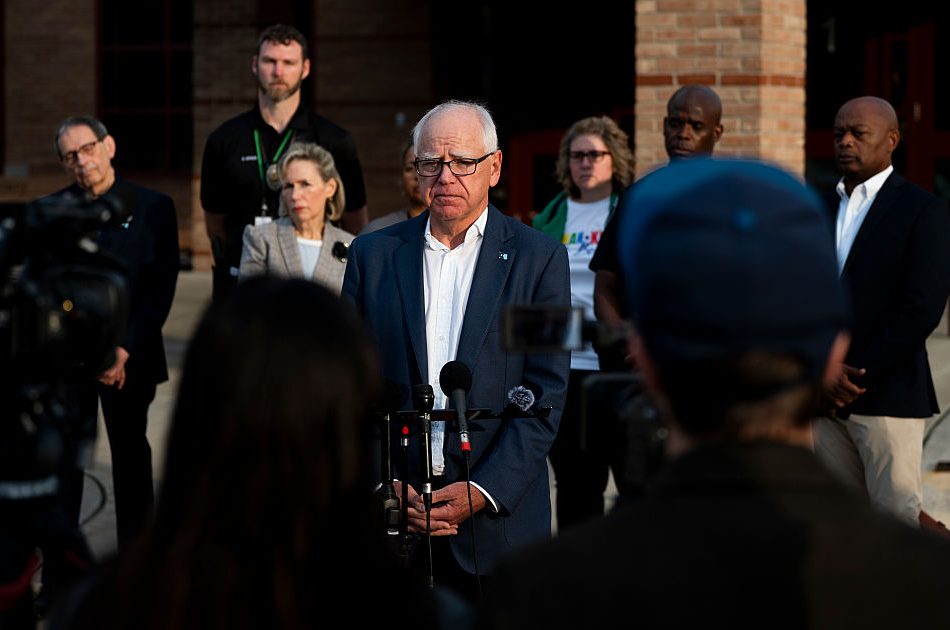
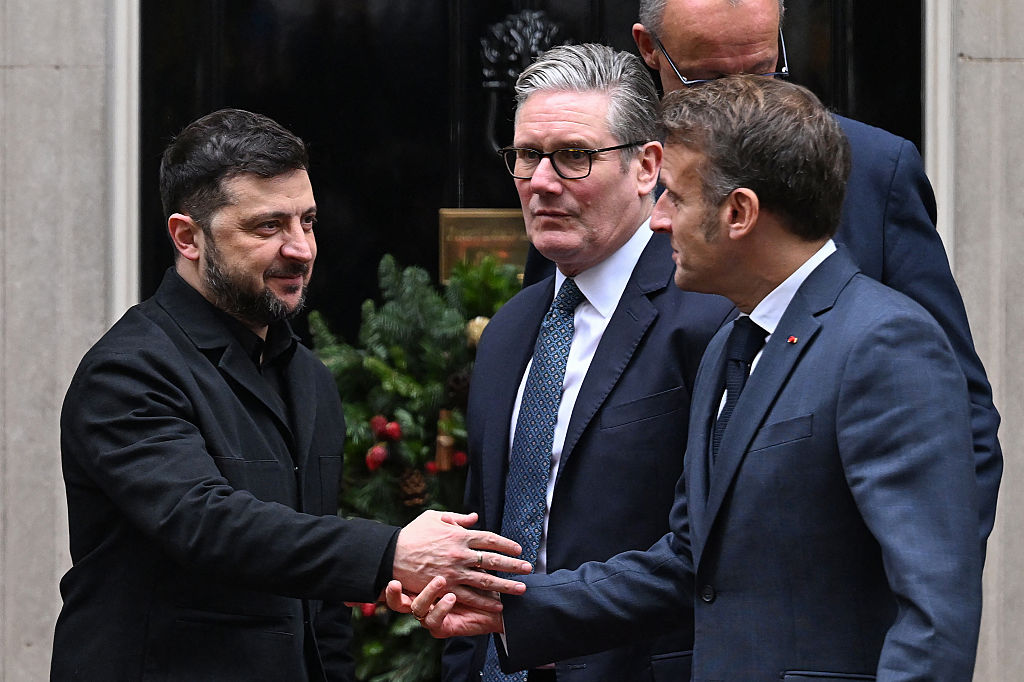

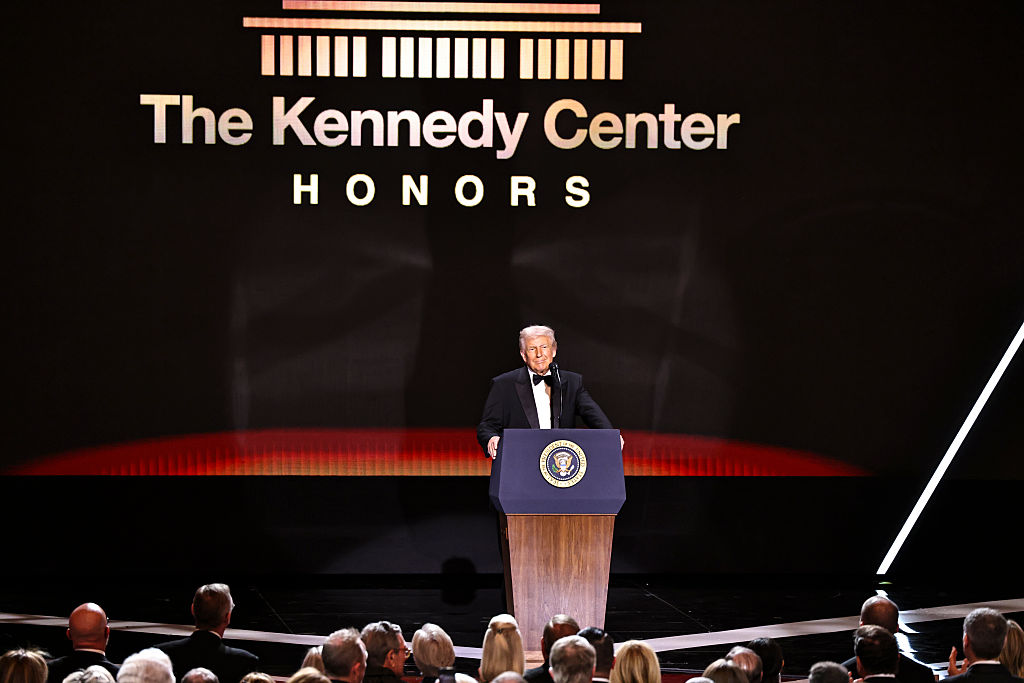
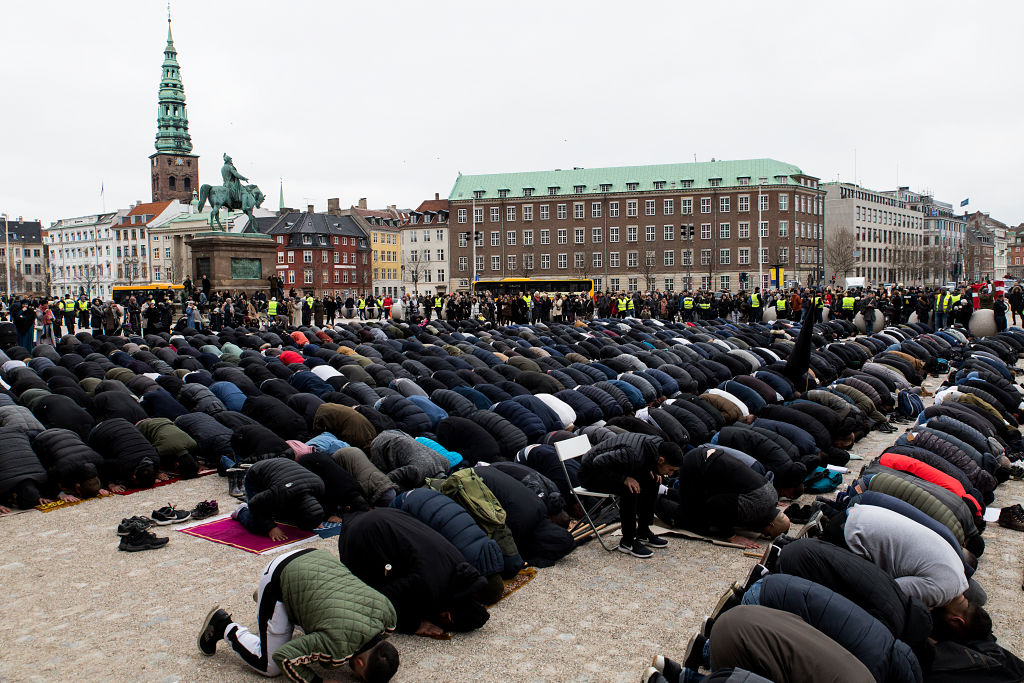







Leave a Reply